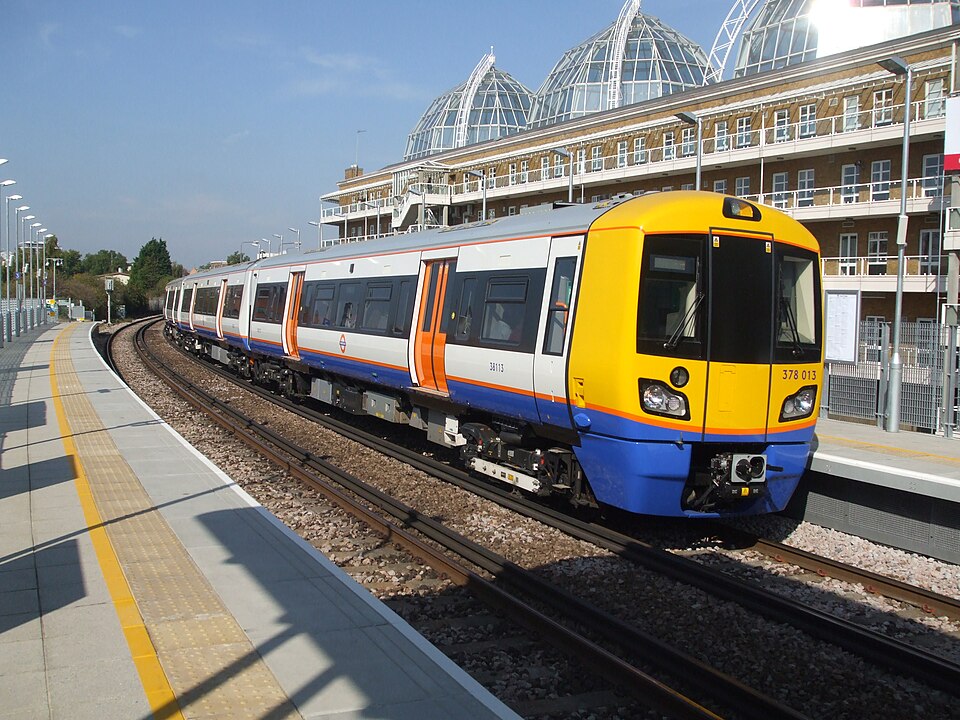
In a peculiar disruption to London’s transport network, the Mildmay line faced a suspension this morning due to an animal on the tracks, as reported by The Evening Standard at 10:25 CEST on
May 16, 2025. The incident caused significant delays for commuters traveling between London Waterloo and destinations like Southampton Central, Bournemouth, and Weymouth. South Western Railway, which operates the line, confirmed the issue, alongside Southern services between Southampton Central and Brighton or Littlehampton. The presence of an animal, though not specified, highlights the unpredictable challenges urban transport systems face.
Transport for London (TfL) and railway operators acted swiftly to address the situation, but the suspension led to delays of up to 30 minutes on some routes, with diversions to alternative stations such as London Charing Cross or Victoria. Commuters expressed frustration on social media, with some noting the irony of London’s sophisticated infrastructure being halted by wildlife. TfL advised passengers to check travel updates via their app or website, emphasizing real-time notifications to mitigate inconvenience. This incident follows a recent trend of TfL facing criticism for communication during disruptions, as seen in Monday’s power outage that crippled multiple Tube lines.
The event underscores broader issues in London’s transport ecosystem, where external factors like animals or weather can exacerbate existing pressures. The city’s rail network, one of the busiest in Europe, serves millions daily, and even minor incidents can ripple across the system. TfL has been urged to improve contingency plans, especially after recent outages exposed vulnerabilities in power supply and passenger communication. The Mildmay line, a vital artery for commuters, is particularly sensitive to disruptions due to its high traffic volume.
Environmentalists pointed out that urban wildlife, such as foxes or deer, often ventures onto tracks, raising questions about habitat encroachment. Network Rail, responsible for track maintenance, has faced calls to install better fencing or wildlife corridors to prevent such incidents. Meanwhile, passengers were left to navigate alternative routes, with some opting for buses or Overground services. The resolution timeline remains unclear, but TfL assured commuters that teams were working to safely remove the animal and restore service.
This incident, while seemingly minor, reflects the delicate balance London’s transport network must maintain. As the city grows, integrating wildlife management and robust infrastructure will be key to minimizing disruptions. For now, Londoners are reminded of the city’s dynamic challenges, where even an animal can bring a bustling rail line to a standstill. Sunil060902, Wikimedia commons.




































